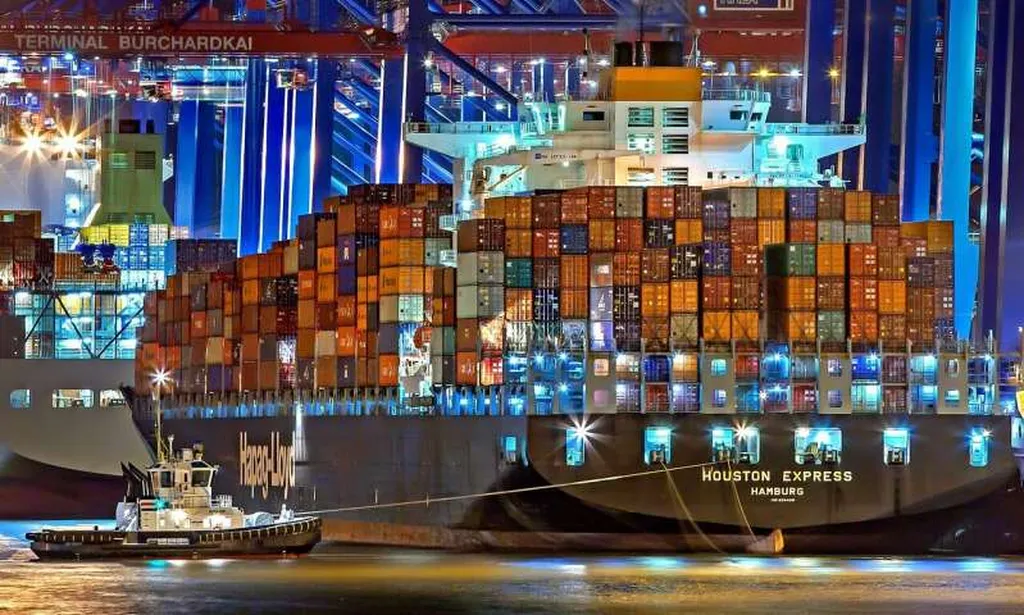Researchers from the University of Ottawa, led by Ruixin Song and Amilcar Soares, have developed a groundbreaking model to predict maritime shipping traffic and assess the risk of aquatic non-indigenous species (NIS) spread. This innovative approach combines the principles of the gravity model, traditionally used in international trade, with advanced deep learning techniques to provide a comprehensive tool for maritime traffic forecasting.
The study addresses the critical issue of NIS, which pose significant threats to biodiversity and cause substantial economic damages. As global trade and transportation networks expand, the unintentional introduction and spread of NIS in new environments have become a growing concern. The researchers’ model aims to mitigate this risk by predicting maritime shipping traffic between port regions worldwide, thereby enabling more effective risk assessment and management.
The model incorporates various factors that influence vessel activities, including shipping flux density, distance between ports, trade flow, and centrality measures of transportation hubs. By integrating these elements, the researchers have developed a physics-informed framework that achieves an impressive 89% binary accuracy for existing and non-existing trajectories and an 84.8% accuracy for the number of vessels flowing between key port areas. This represents a more than 10% improvement over traditional deep-gravity models.
One of the key innovations in this research is the introduction of transformers to the gravity model. Transformers are a type of deep learning model that excel at capturing short- and long-term dependencies, making them ideal for analyzing complex maritime traffic patterns. By leveraging this technology, the researchers have made risk analysis more feasible and accurate.
The practical applications of this research are significant. By providing accurate predictions of maritime traffic, the model enables policymakers, conservationists, and stakeholders to prioritize management actions and identify high-risk invasion pathways. This proactive approach can help prevent the spread of NIS, protecting biodiversity and reducing economic losses.
Moreover, the model’s versatility allows for the integration of new data sources, making it adaptable to the changing global landscape. As maritime traffic patterns evolve, the model can be updated to reflect these changes, ensuring its continued relevance and effectiveness.
In summary, the research conducted by Ruixin Song, Gabriel Spadon, Ronald Pelot, Stan Matwin, and Amilcar Soares represents a significant advancement in the field of maritime traffic forecasting and NIS risk assessment. By combining the principles of the gravity model with deep learning techniques, the researchers have developed a powerful tool that can help mitigate the threats posed by NIS and support more sustainable maritime practices. Read the original research paper here.

